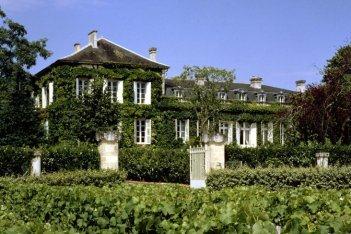2013 Château Talbot St. Julien Bordeaux France Wine Tasting Note
5617 Views
|
2013
Château Talbot (St. Julien)
With a nice floral note on top of the red fruits, licorice and espresso, this medium bodied wine is set to give early drinking pleasures. 2,745 Views Tasted Feb 9, 2016Medium bodied with a whiff of oak in the red berry nose, the wine is on the light side. This is for early drinking in its first decade of life. 87-88 Pts 2,872 Views Tasted Apr 20, 2014 |

When to Drink Chateau Talbot, Anticipated Maturity, Decanting Time
Chateau Talbot can be enjoyed on the young side with several hours of decanting. However, the wine is usually better at 7-10 years of bottle age. Of course, that can vary slightly, depending on the vintage character.
In the best years, the wine will best between 12 and 20 to 25 years of age after the vintage. Young vintages can be decanted for an average of 2 hours. This allows the wine to soften and open its perfume.
Older vintages might need very little decanting, just enough to remove the sediment. Older vintages, from the 1950s, 1960's and 1980's seem to age better than the current years. But time will tell.
Serving Chateau Talbot with the Best Wine, Food, Pairing Tips
Chateau Talbot is best served at 15.5 degrees Celsius, 60 degrees Fahrenheit. The cool, almost cellar temperature gives the wine more freshness and lift.
Talbot is best served with all types of classic meat dishes, veal, pork, beef, lamb, duck, game, roast chicken, roasted, braised, stewed, and grilled dishes. Talbot is also good when served with Asian dishes, hearty seafood, or richly textured fish like tuna, mushrooms, pasta, and cheese.

